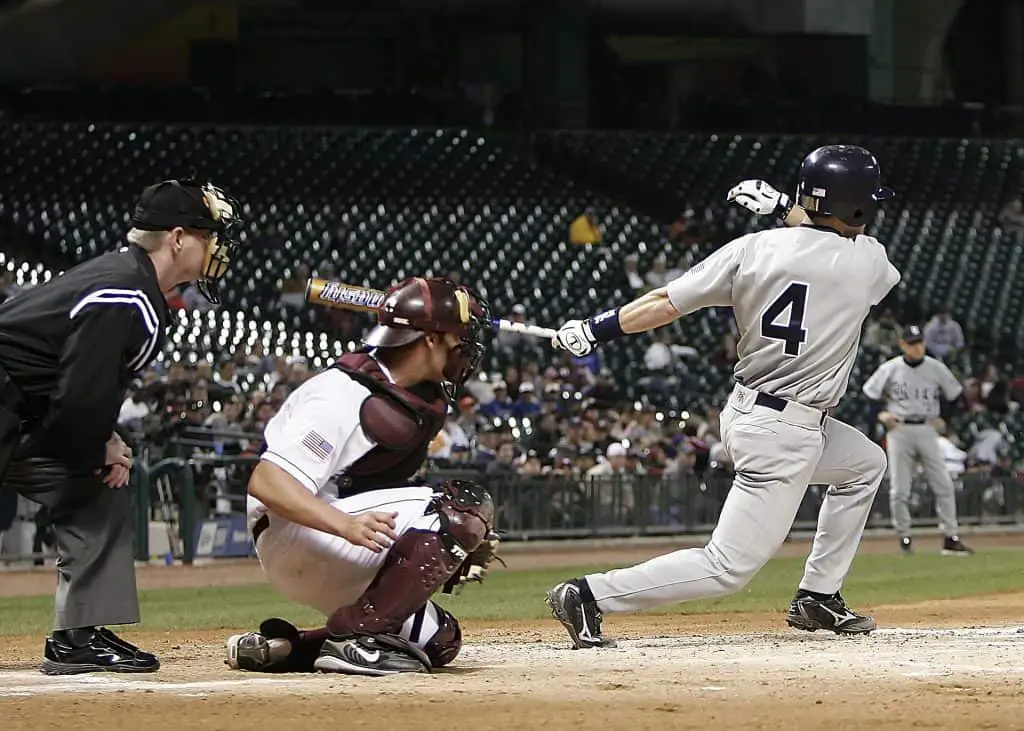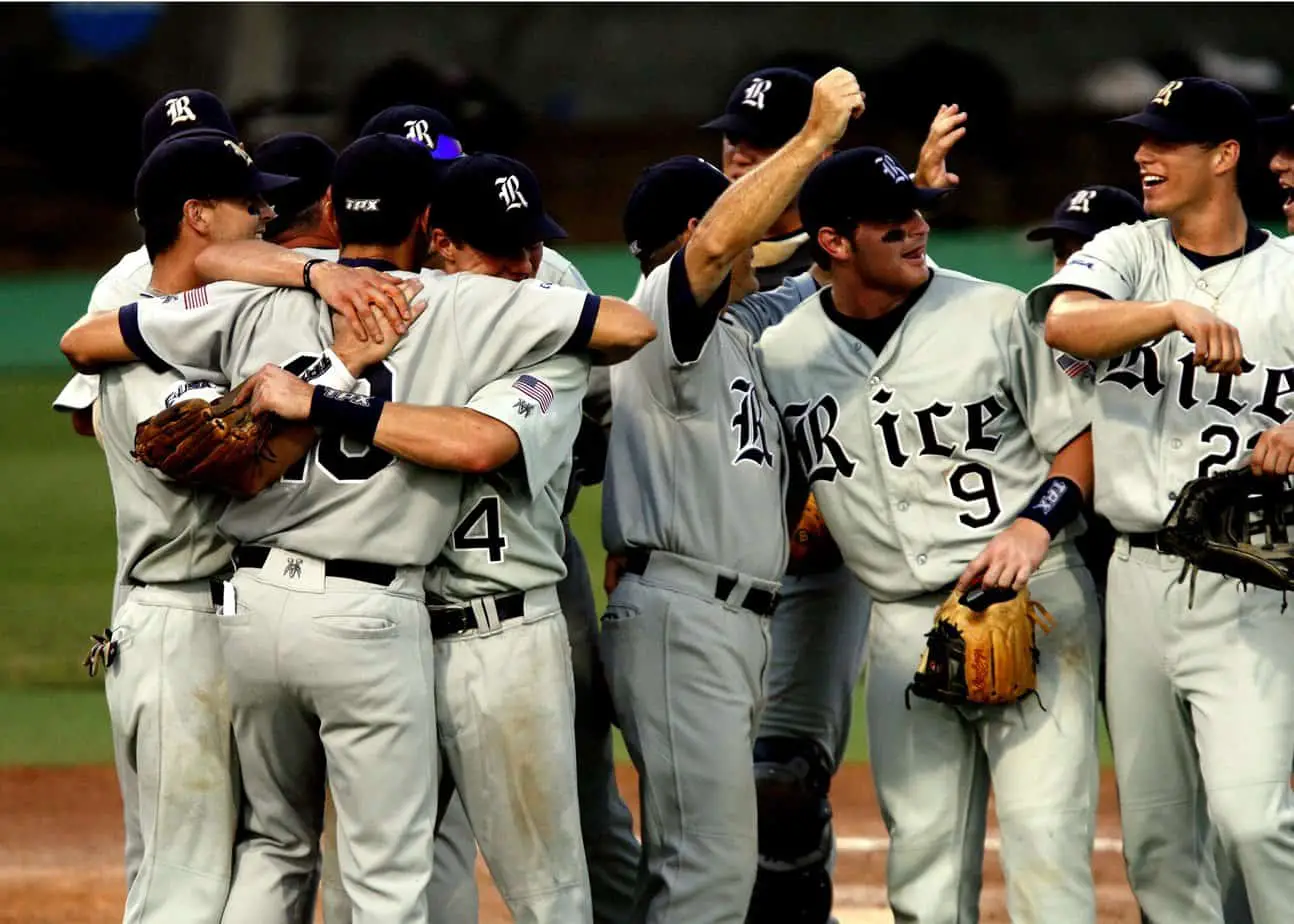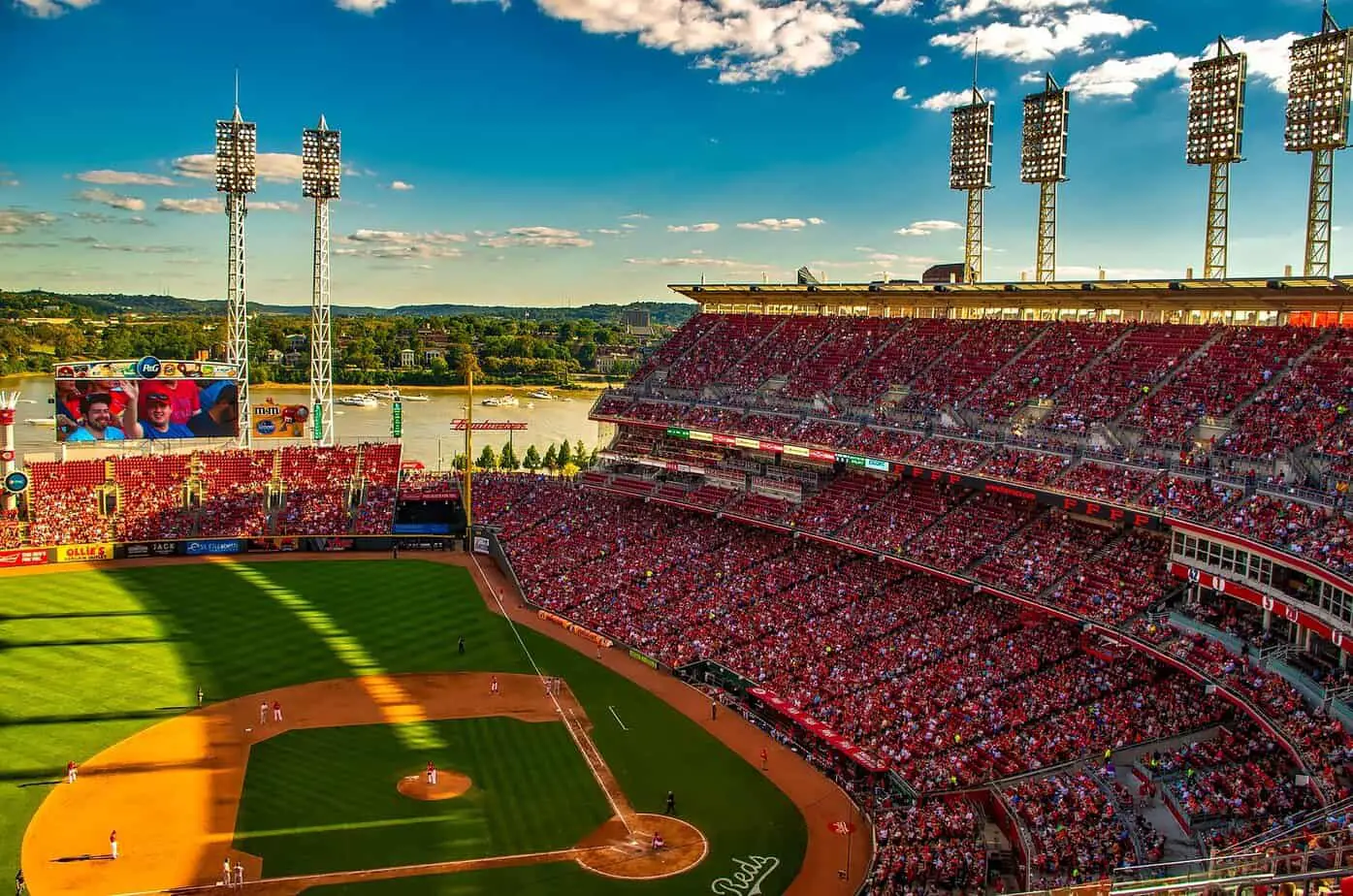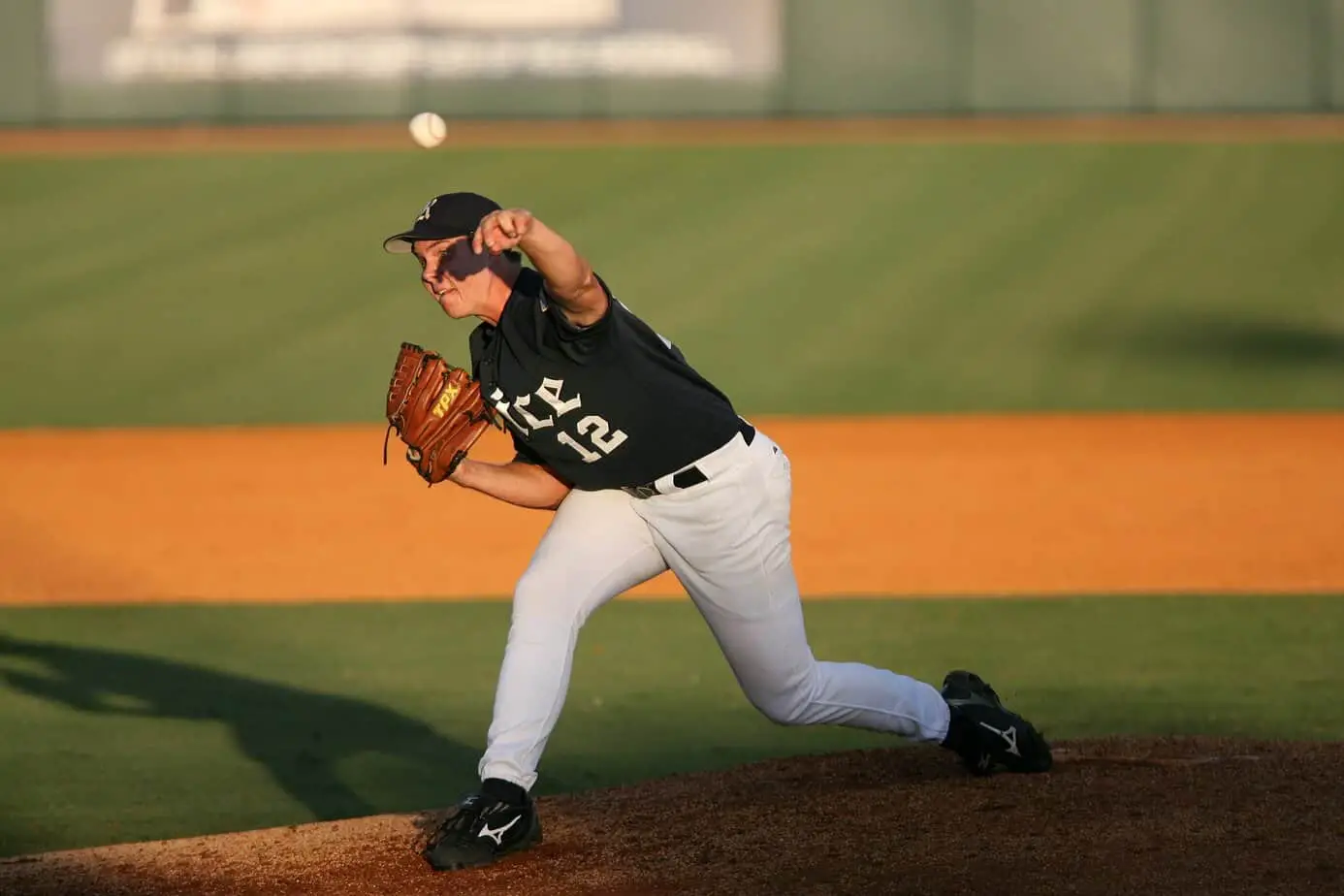You can tell a lot about a ballplayer and their offense of capabilities just by looking at where they hit in the batting order on a regular basis.
Leadoff hitters have very specific traits and tendencies. Cleanup headers have very specific traits and tendencies, too. Players buried in the bottom of the order are therefore reason.
The third spot, though – called “the three hole” – is critically important. It’s almost always where the best hitter on a team gets put. This is where teams are hoping to get the most production from.
To learn a little bit more about how batting orders and lineups are put together check out the rest of the inside info we share below.
What is the Third Batter in a Baseball Lineup Called?

The third spot in the lineup, the “three hole” that we just mentioned a moment ago, is almost always where teams are going to park their most dangerous offensive weapon.
The third man up in a game, this is a hitter that can deliver with runners on scoring position, deliver when there is at least one out on the board, and also has the ability to sort of “set the table” for the header that comes right behind him.
It’s not at all unusual for these kinds of hitters to have high OBP (on-base percentage), high AVG (batting average), and high OPS (on-base plus slugging percentage).
These are the kinds of guys that don’t mind hitting in the clutch. In fact, they are often the kinds of hitters that prefer high leverage and high-pressure situations – your absolute hammers in the lineup that are going to look for ways to get runners in or (at the very least) extend the inning.
Legendary baseball players throughout history have made the “three hole” their own.
Babe Ruth hit in either the third or fourth spot in a lineup his entire career. Ted Williams lived in the three hole.
Stan Musial, Tony Gwynn, Willie Mays, Barry Bonds, Mickey Mantle, Carl Yastrzemski, Ken Griffey Junior, Manny Ramirez, and Mike Trout all spent huge portions of their career batting third.
It’s no surprise that a ton of three hole hitters end up finding themselves in the baseball Hall of Fame.
What About the Other Batters?
Of course, there are nine men in a lineup card and there are certain attributes that hitters up and down the batting order have and reasons these lineups get built the way they are.
#1 – The Leadoff Hitter
The first man to see a pitch in a lineup is the “leadoff hitter”, usually your best average header – a player that knows how to get the ball in play, has exceptional plate discipline and fantastic speed, and knows how to get on base even if that means working a walk.
Everything that the leadoff hitter does is designed to get on base, get into scoring position, and get home just as quickly as humanly possible.
These kinds of headers are very rarely power headers but instead guys that make solid contact. The shift very rarely works well against quality leadoff hitters as they will tend to spray the ball all over the park just to get on base.
Double machines, these kinds of hitters almost always have halfway decent wheels and the ability to turn a single in the gap into a double – as well as the ability to grab an extra base or two when the catcher or pitcher is napping.
#2- Contact
The number two spot is a small ball specialist, a guy that knows how to bond or sacrifice in order to move the lead up man around.
A lot of managers like their second hitter in the lineup to be a left-handed bat. This forces the defense to shift a little, generating gaps since the first baseman needs to hold the runner on first.
Sometimes these hitters have a little more pop than leadoff hitters, too. That helps drive the leadoff man home.
#4 – Cleanup
The number four hitter is right behind the “three hole” and is almost always close to as good a hitter as the third spot in the lineup, but usually has even more pop and even more power.
The “cleanup man”, this is a hitter that is looking to grip and rip any pitch they can get a hold of. Cleanup is supposed to drive and tons and tons of runs, smashing the ball to the deepest parts of the park (if not clear out of it) in order to rack up RBIs.
#3 and #4 hitters also protect each other in the lineup. Pitchers are going to have to deal with one or the other (you can very rarely walk both of them and get away with it), which means both hitters are going to see much better pitches to crush as pitchers don’t want to put them on for free.
#5 and #6 – Ribbie Guys
There’s almost always a bit of a drop off between the #4 and #5/#6 hitters when it comes to average, though these guys are usually capable of hammering the ball out of the park as well.
The #5 hitter is the second cleanup hitter, the backup option in case the #4 hitter goes down without driving in a run. The #6 header is usually the backup to the backup of the main cleanup man, a guy with tons of power but a tendency to either pop up or strike out just the same.
#7 and #8 – Weaker Hitters
The #7 and #8 batters in a lineup are usually where managers bury hitters that have a really tough time at the dish.
In the National League (before the universal DH) you’d find a picture batting in one of these two spots.
#9 – Second Leadoff
Finally, you have the #9 position in the lineup – sometimes called the “second leadoff man”.
These kinds of hitters are usually really fast, have the ability to get on base just like the #1 hitter, and are there to set the table for #2, #3, and #4 hitters after the first inning.
Closing Thoughts
You can look at any lineup card in the game of baseball – from Little League all the way up to the majors and everything in between – and find the best hitter on a team just by looking for the #3 spot.
These are hitters that can put the ball in play, can slap doubles around almost on demand, aren’t going to strike out very often, but also have plenty of juice to muscle the ball out of the park when there are runners on base.
The three hole is always where teams park their best bat.




